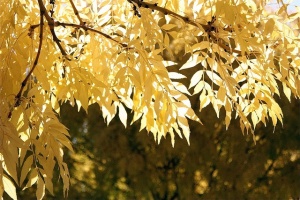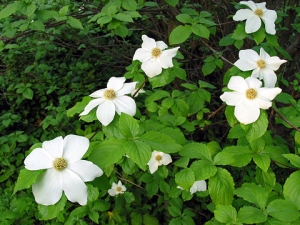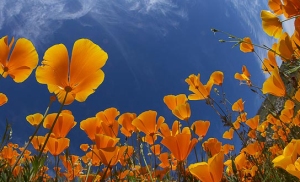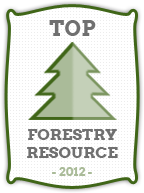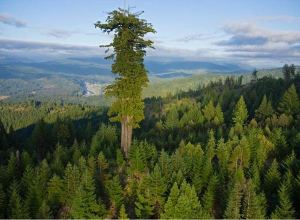 Ever wondered why trees get so tall — or why they don’t get much taller? Me, too! People who have met me know I think about transpirational pull more than most folks. This topic has fascinated me without pause since I first heard about it, so I want to do my best to explain it in plain terms for this article.
Ever wondered why trees get so tall — or why they don’t get much taller? Me, too! People who have met me know I think about transpirational pull more than most folks. This topic has fascinated me without pause since I first heard about it, so I want to do my best to explain it in plain terms for this article.
A few years back, researchers at OSU determined that gravity and other forces would eventually overcome the water column in trees, and that this limit on the upward reach of water would limit growth to 350 – 400 feet; tabs kept on the world’s tallest trees show that so far, they conform to this range. Why is that?

